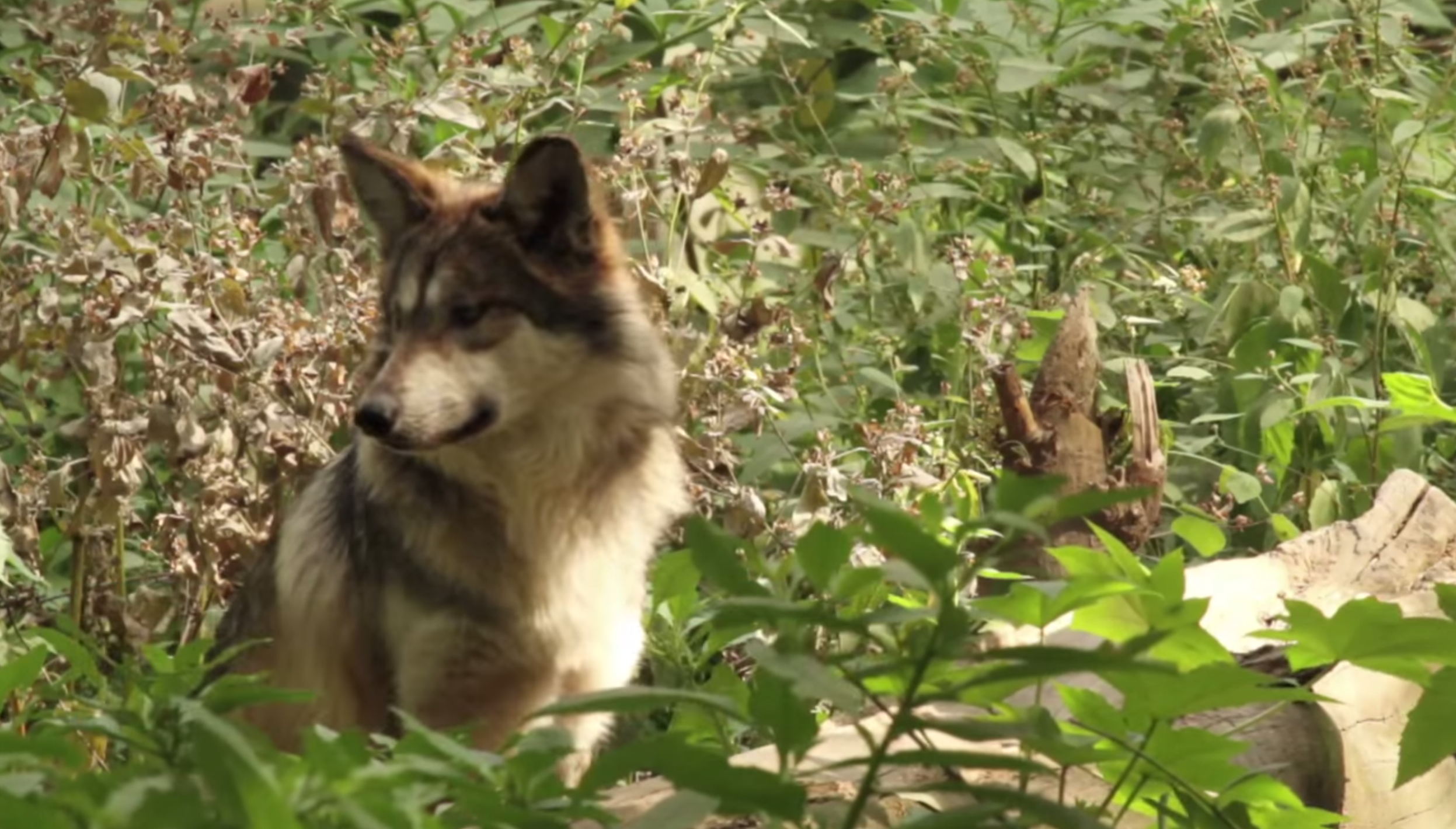First Litter of Wild Wolf Pups Born in Mexico

For the first time in more than 30 years, a litter of wolf pups was born in the wild in Mexico, wildlife authorities announced last week.
The Mexican wolf (Canis lupus baileyi), also known as the lobo, went extinct in the wild about three decades ago. But in recent years, breeding pairs of the species have been raised in captivity and reintroduced into the mountains of western Mexico as part of a national conservation effort.
Mexican authorities have been closely watching one wolf couple released in December 2013 in the Sierra Madre Occidental Mountains, and they suspected the female might be pregnant. The signal from her satellite collar was lost for a few days this spring, suggesting she might be inside a burrow or den having pups, officials with Mexico's National Commission of Natural Protected Areas (CONANP) said. In May, the team also obtained a picture of the female with swollen mammary glands, a sign she might be nursing. [See Cool Photos of Wolves Around the World]
An expedition to the area in June verified that there were five wolf pups in good health, CONANP announced.
The birth of the first wild litter is an "important step in the reintroduction program" and it expands the possibilities of the species' recovery in Mexico, CONANP officials said in a statement July 17.
Mexican wolves were also pushed to the brink of extinction in the southwestern United States by the 1970s, but they've been reintroduced in New Mexico and Arizona. The U.S. Fish and Wildlife Service (FWS) reported that they had counted at least 83 Mexican wolves in the experimental population in those two states by the end of 2013. FWS officials documented five breeding couples and 17 newborn pups among the 14 known packs in the region.
The Mexican wolf is a smaller subspecies of the gray wolf (Canis lupus). Gray wolves, too, were almost extinct in the continental United States, but now there are more 5,000 individuals around the western Great Lakes and northern Rocky Mountains, thanks to reintroduction programs.
Get the world’s most fascinating discoveries delivered straight to your inbox.
The FWS has proposed taking gray wolves off the Endangered Species list, deeming the population sufficiently recovered. Many biologists, however, have expressed concern that the move is premature and a peer review panel earlier this year determined that the proposal was based on unsettled science. The Mexican wolf would keep its endangered status under the proposed rule. Federal authorities are expected to make a decision on the proposal later this year.
Follow Megan Gannon on Twitter and Google+. Follow us @livescience, Facebook & Google+. Original article on Live Science.



